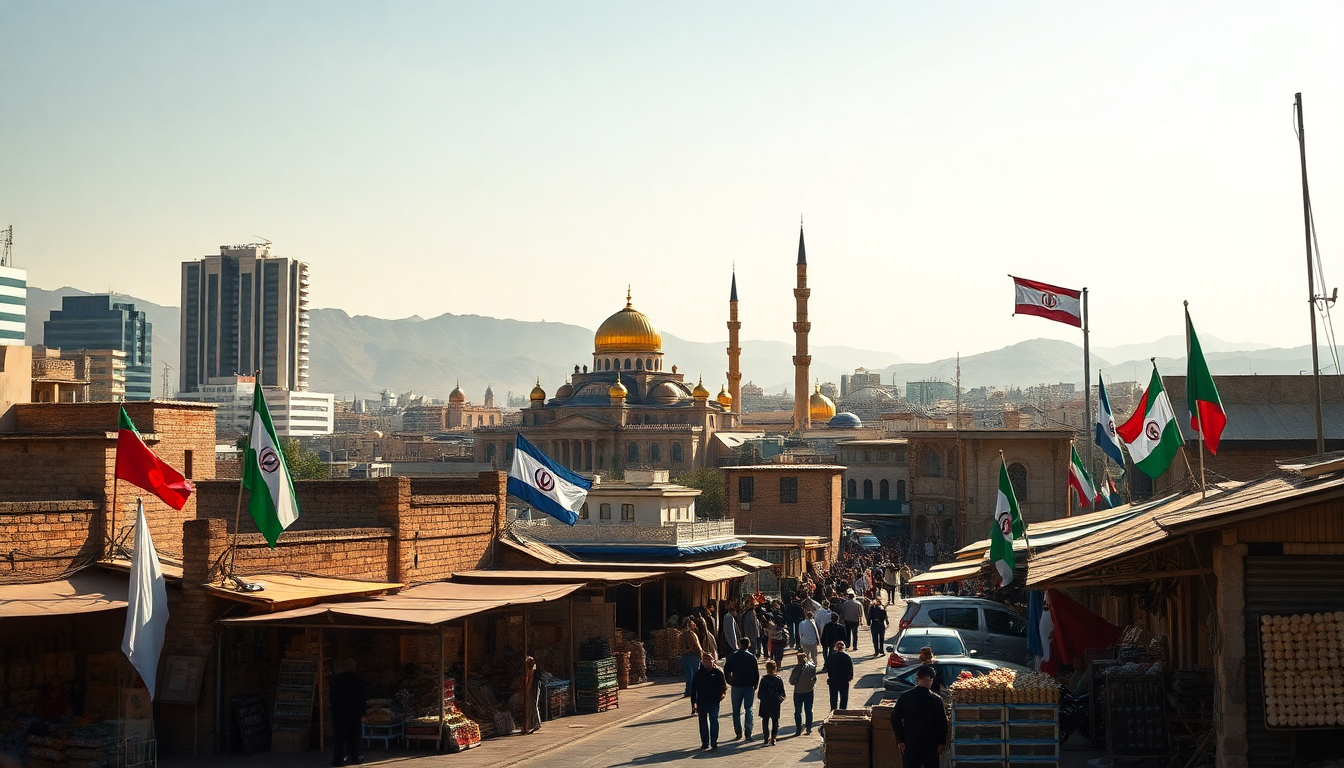Table of Contents
The ongoing conflict between Israel and Iran has reached a new chapter with the recent ceasefire, but let’s be real—the path to lasting peace is still littered with obstacles. To really understand what’s happening, it’s important to look at the bigger picture of the Middle East’s geopolitical landscape.
As tensions rise and fall like waves, the influence of key players, including the United States and other regional powers, is crucial in shaping future relations. So, what’s actually at stake here?
The Ceasefire: A Temporary Breather
While the ceasefire has brought a momentary sigh of relief, it’s definitely fragile.
Reports show a pause in hostilities, but let’s not kid ourselves—the core issues are far from resolved. Former President Trump’s call for no regime change in Iran sheds light on the complex geopolitical chess game being played. His comments reflect a thoughtful approach, urging calm amidst a backdrop filled with military strikes and retaliatory actions.
But how long can this calm last?
Recent headlines, including calls for a ceasefire from Palestinian groups in Gaza, highlight how interconnected these conflicts really are. It’s not just about Israel and Iran; the actions and aspirations of various regional actors add layers of complexity that challenge the sustainability of any ceasefire.
How do you untangle such a web?
The Key Players: Who’s Influencing What?
The United States plays a pivotal role in this intricate situation. Trump’s recent critiques of both Israel and Iran emphasize the delicate balancing act that U.S.
foreign policy must navigate. Historically, the U.S. has been a staunch ally of Israel, but the necessity of a stable Iran cannot be ignored, especially considering its impact on global oil markets and regional security. So, where does that leave us?
Furthermore, Qatar’s Prime Minister recently remarked on the ‘scar’ left on relations due to Iranian strikes, underscoring the fragile state of diplomatic ties.
As regional powers assess their stances and recalibrate their alliances, we’re witnessing a significant shift in the geopolitical landscape. What does this mean for future interactions?
What Lies Ahead for Regional Stability?
The future of the Israel-Iran ceasefire is shrouded in uncertainty, and this has serious implications for regional stability. For investors and policymakers, analyzing the trends emerging from this conflict is essential. Historically, leaning on military solutions has led us into cycles of violence. Any hope for a long-term resolution will require a serious commitment to addressing the root grievances that fuel these tensions. Are we ready to do that?
As we watch the situation evolve, it’s crucial for the global community to recognize the wider implications at play. The interconnectedness of regional conflicts means that resolving one issue could ripple out and affect others. Advocating for peace and diplomacy is more crucial than ever. How can we make this happen?
Conclusion: The Path Forward
The complexities surrounding the Israel-Iran ceasefire reveal just how challenging it is to achieve lasting peace in a region filled with deeply rooted conflicts. As various stakeholders navigate this complicated landscape, the potential for both conflict and resolution hangs in the balance. It’s vital for the international community to stay engaged, proactive, and committed to fostering dialogue. Remember, the road to stability is rarely straightforward and often requires a lot of patience. Are we up for the challenge?





